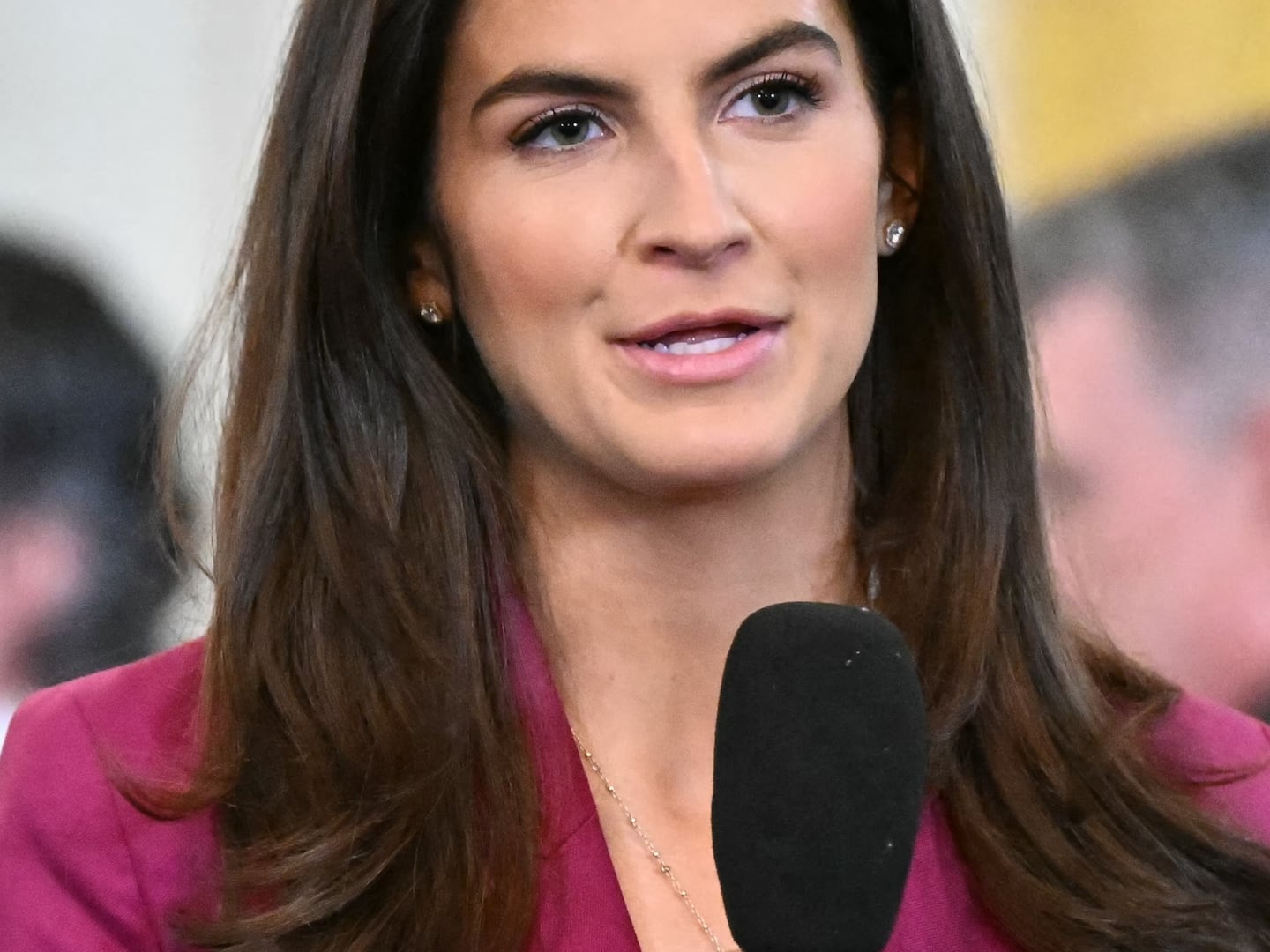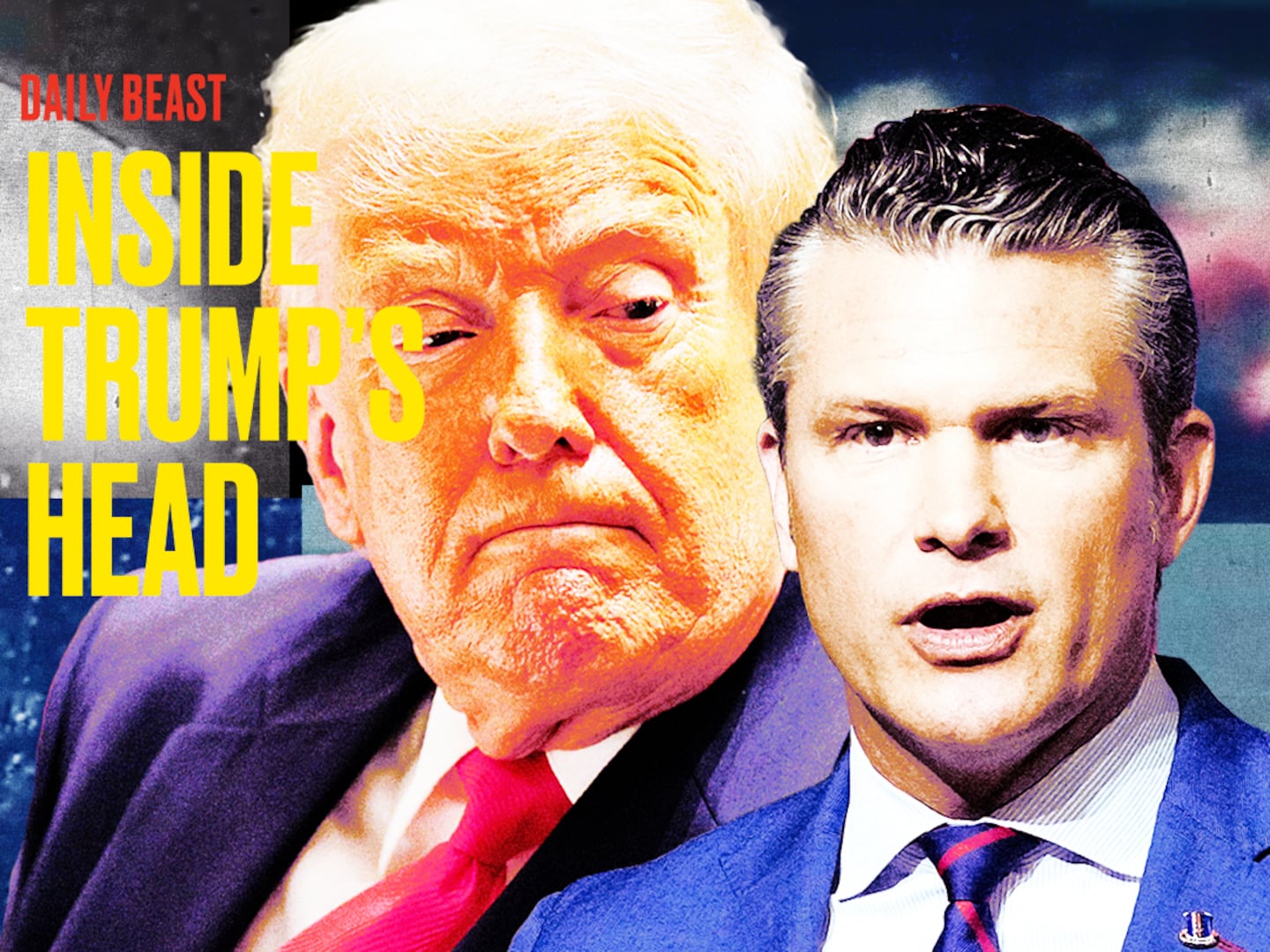
Alyssa Katz’s new book, Our Lot: How Real Estate Came to Own Us, traces the mortgage crisis through tragic vignettes and clueless acts of hedonism.
A child of the Great Depression, my grandfather at various times owned a grocery store and managed a local creamery. He moved from St. Louis to a then-nice area of Hollywood and sent both his kids to prestigious colleges. He had what most people would consider the trappings of a middle-class life. And yet, he never owned a home. Why? The thought of putting all his hard-earned cash into a down payment and watching that house go underwater, to be tied to a sinking rock, seemed ridiculous.
Today what seems ridiculous is the very idea of a middle-class family that does not feel they have the means, or desire, to own a home. In Alyssa Katz’s new book, Our Lot: How Real Estate Came to Own Us (Bloomsbury USA, 2009), she presents a minutely researched thesis on the origins of the real-estate bubble, and why it consumed and then victimized our nation. In it, she blames a cabal of securities and real-estate industries, community activists, government institutions like Fannie Mae, and a nation of real-estate mortgage fraudsters for the destruction of neighborhoods and lives. The only ones Katz seems unwilling to blame are the people who signed the mortgage papers.
“President Clinton chased the real-estate industry like a horny prom-date suitor.”
Much has been made of the victims of the recent real-estate crash. And Katz milks it. We read of Eva Davis, a widow, who needed to make repairs to her San Francisco home and ended up signing loan papers she couldn’t read (her eyeglasses were broken) for an amount she didn’t know, and finding her home in foreclosure five months later.
Or James Hogan of Atlanta, who needed $6,200 to make home repairs and ended up with nearly $85,000 in debt from various refinancings before his home fell into foreclosure.

Were there victims in this crisis? According to Katz, there were many. She writes of brokers, mortgage lenders, and homebuilders targeting those who may not have ever been able to afford a home in the first place. But one has to wonder what, for example, made Catherine Chaney, whom Katz interviews, think she could pay a $1,100 mortgage on a salary of $1,600 a month as a hospital aide? When she ends up in foreclosure, it’s unclear who we're supposed to think is at fault—the broker who helped her refinance a loan with a higher interest rate she couldn’t pay, or Chaney for writing a letter lying that her income was nearly twice what she earned.
Katz pursues these tragic vignettes with gusto, but don’t expect to get sucked into a narrative in her book, delivered in chunks of research minutiae. In one of her better chapters, she outlines how insidious subprime lending became at the height of the boom, with firms like Ameriquest targeting people like Chaney. Many sought out homeowners whose equity had grown enough to look attractive to lenders to take out a second mortgage. “That made them ripe for the taking,” writes Katz.
She interviews Jorge Sotelo of Phoenix, who buys one home, sells it, and then has an uncle help him buy his second home, which he refinances for $246,000—more than it’s eventually worth. Jorge is trying to lower the interest rate so he can rent out the house while he and his family move. Katz asks him if he’ll be renting next. Shocked, he answers no, “We’ll own it.”
And why shouldn’t he? Katz describes even presidents cajoling Americans to take part in this great equalizer. “President Clinton chased the real-estate industry like a horny prom-date suitor,” she writes, and quotes Clinton’s Housing and Urban Development Secretary Henry Cisneros referring to renters as “lifers as if they were in prison…”
She puts the genesis of the dream of home ownership in the 1920s, when then-Secretary of Commerce Herbert Hoover launched a campaign that equated home buying to the “physical, mental, and moral fiber of one’s children.” It’s a nice piece of historical research, but truly, the American dream of owning our home goes back further.
We can trace the push at least to the mid-1800s, when President Abraham Lincoln passed the Homestead Act, which gave away land to anyone who would settle and farm the tracts. Land ownership is part of the American DNA. Today, it’s the dream of turning middle-class, and arriving.
Most Americans hope to buy their own place. And within the last few years, most did. By the end of 2004, Katz writes that home ownership in this nation had reached 69.2 percent, the highest in our history. People did everything to buy. They took second mortgages, agreed to loans where they paid just interest, lied about their income, and endured three-hour commutes just to have a bit of that dream of the middle class.
Katz herself rented an apartment in a former Brooklyn factory in Carroll Gardens. Unfortunately, while her “vaguely funky” flat is affordable, it’s not protected by rent laws, and so when developers looking to turn the chic loft building into condominiums step in, Katz is out. With her husband, she buys an apartment a bit further down the subway line. Even Katz succumbs.
Yet a question Katz alludes to without really answering is: Should everyone be a homeowner? Does it make fiscal sense for all? Even Rep. Barney Frank is now pushing to use $1 billion of the TARP repayments to support low-income rental housing, which many experts agree is disappearing from our country’s landscape.
No doubt my granddad had some feelings of regret as Los Angeles boomed in the postwar period, turning his peers’ homes into mini-banks for college educations, cars, vacations and retirement. Maybe he even felt foolish. I wonder if he’d feel pretty smart about it now.
Plus: Check out Book Beast, for more news on hot titles and authors and excerpts from the latest books.
Lauren Barack writes on subjects from Twitter to identity theft, Bollywood to child care. She received the Loeb Award for online journalism in 2009. She lives in Manhattan with her husband, 6-year-old daughter, and a school of fish.






